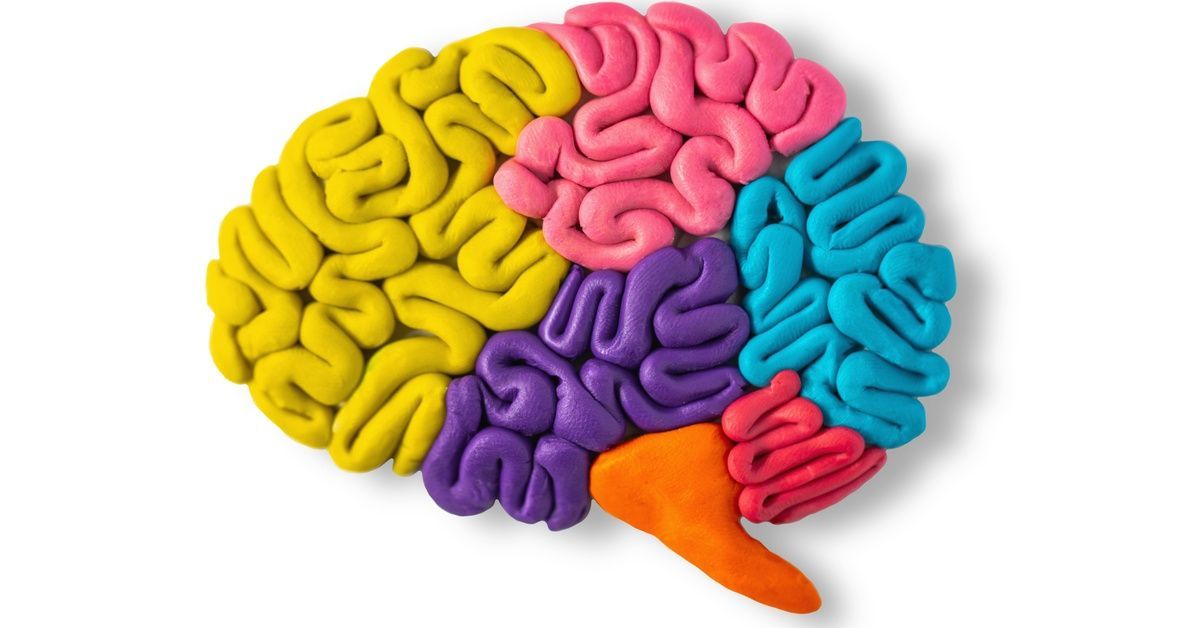How To Recognize Food Sensitivities in Children With Autism
Food sensitivities can affect many areas of daily life for children with autism, from physical comfort to emotional regulation and learning. Many parents notice digestive issues, meltdowns, or sensory challenges around meals but struggle to identify the cause.
Due to sensory and gastrointestinal differences, children with autism may be more prone to food-related challenges. Learning how to recognize food sensitivities in children with autism helps families make informed dietary choices that support better comfort, behavior, and development. The connection between what a child eats and how they feel often goes beyond basic nutrition, especially for children who experience the world more intensely through their senses.
Understanding Food Sensitivities vs. Food Allergies
While food allergies and sensitivities can affect children’s health, they function very differently. Recognizing the difference is key to supporting your child effectively. For instance, food sensitivities don’t trigger an immediate immune response like allergies do. Instead, they cause delayed physical or behavioral symptoms, sometimes hours or days later. This delay makes food sensitivities harder to identify, especially in children who may not verbalize their discomfort.
Children with autism often have heightened sensory awareness and unique gut health profiles. These factors may increase their sensitivity to certain foods. When the gut becomes irritated, it can influence mood, focus, and behavior, highlighting the strong connection between the digestive system and the brain.
Common Signs of Food Sensitivities in Children With Autism

Food sensitivities can show up in ways that aren’t always obvious. Recognizing physical, behavioral, and sensory clues can help families connect the dots between what a child eats and how they feel.
Physical Indicators
Digestive symptoms often provide the clearest evidence of food sensitivities. Parents may notice their child experiences frequent bloating, alternates between constipation and diarrhea, or has excessive gas after meals. These symptoms can cause discomfort and may contribute to behavioral challenges throughout the day.
Skin reactions also signal potential food sensitivities. Rashes, eczema flare-ups, or persistent redness around the mouth area may indicate that certain foods are causing inflammation. Some children develop headaches or show signs of fatigue after consuming trigger foods, though they may not be able to verbally express these symptoms.
Behavioral and Emotional Changes
Food sensitivities frequently manifest through behavioral changes that may seem unrelated to the child’s diet. Parents might observe increased meltdowns, emotional dysregulation, or heightened irritability following meals or snacks. These behavioral shifts often occur several hours after eating, making the connection to food less obvious.
Sleep Disturbances
Sleep disturbances are another common sign of food sensitivities. Children may experience difficulty falling asleep, frequent night wakings, or restless sleep patterns that correlate with their dietary intake. Some children also display increased repetitive behaviors or stimming after consuming problematic foods.
Sensory Clues
Children with autism may demonstrate strong aversions to specific food textures, tastes, or smells that could indicate an underlying sensitivity. Complete avoidance of entire food groups or extremely rigid food preferences might reflect their body’s attempt to protect itself from uncomfortable reactions.
These sensory responses should be taken seriously rather than dismissed as typical autism-related food selectivity. When children consistently refuse foods that previously caused discomfort, they may be demonstrating remarkable self-awareness about their body’s needs.
Tracking and Identifying Patterns
Spotting food sensitivities takes time and observation. A consistent approach to tracking and professional support can make the process clearer and more effective. Here are some strategies to implement:
Keep a Food and Behavior Journal
Parents should record everything their child eats and drinks, along with detailed observations about behavior, mood, sleep, and physical symptoms throughout each day. This documentation should continue for several weeks to establish clear patterns.
Pay particular attention to changes that occur within two to eight hours after meals, as this time frame typically reveals food sensitivity reactions. Note the intensity and duration of symptoms, as well as environmental factors that might influence your child’s responses.
Work With Professionals
Pediatricians can rule out underlying medical conditions and monitor your child’s nutritional status throughout the investigation process. Registered dietitians specializing in autism can provide guidance on maintaining balanced nutrition while exploring dietary changes.
North Carolina autism services often include professionals trained in addressing food-related challenges who can support families through this process. Applied behavior analysis (ABA) therapists can help families implement systematic approaches to food and teach children coping strategies for managing dietary changes.
When To Explore Elimination Diets
If tracking your child’s eating habits points to a possible trigger, a carefully guided diet can help confirm it while keeping your child’s health and nutrition on track.
Plan the Diet Safely
An elimination diet involves temporarily removing suspected trigger foods and then systematically reintroducing them while monitoring reactions. This diet should always be conducted under professional supervision to prevent nutritional deficiencies.
Professional guidance becomes especially important for children with autism who may already have restricted diets. Removing additional foods without proper planning could lead to serious nutritional gaps that impact growth and development.
Common Food Triggers
Dairy products, gluten-containing grains, artificial colors and flavors, soy, and eggs are the most frequent food triggers for children with autism. However, every child’s sensitivities are unique, and some may react to foods that don’t typically cause problems for others.
The individual nature of food sensitivities means that recognizing food sensitivities in children with autism requires personalized observation and testing rather than assuming all children will react to the same foods.
Supporting Your Child Through Food Sensitivity Challenges

Addressing food sensitivities takes a balanced approach that supports nutrition, honors sensory needs, and involves the whole family.
Balance Nutrition and Preferences
Maintaining adequate nutrition while addressing food sensitivities requires creativity and patience. Focus on making mealtimes positive experiences rather than battlegrounds over food acceptance. Gradual exposure to new foods using ABA-based strategies can help children expand their diets safely.
Work within your child’s natural preferences while slowly introducing alternatives to problematic foods. This approach respects their sensory needs while ensuring your child receives proper nutrition for healthy development.
Involve the Whole Family
Family meals should remain inclusive experiences that don’t make the child with autism feel different or restricted. Educate siblings and caregivers about your child’s dietary needs so everyone can support consistent implementation of dietary changes.
Celebrate small victories in your child’s food journey, recognizing that progress may come slowly. Building flexibility over time helps children develop confidence in trying new foods and managing their sensitivities independently.
Every Child Deserves Comfort and Nourishment
Food sensitivities in children with autism are common and manageable challenges that respond well to careful observation and appropriate intervention. Trust your instincts as a parent when you notice patterns between your child’s diet and their behavior or physical symptoms.
Advocate for professional support when needed. Identifying and addressing food sensitivities can improve your child’s quality of life, so it’s always worth doing. With patience, persistence, and proper guidance, you can help your child achieve better physical comfort and emotional regulation through thoughtful dietary management.






